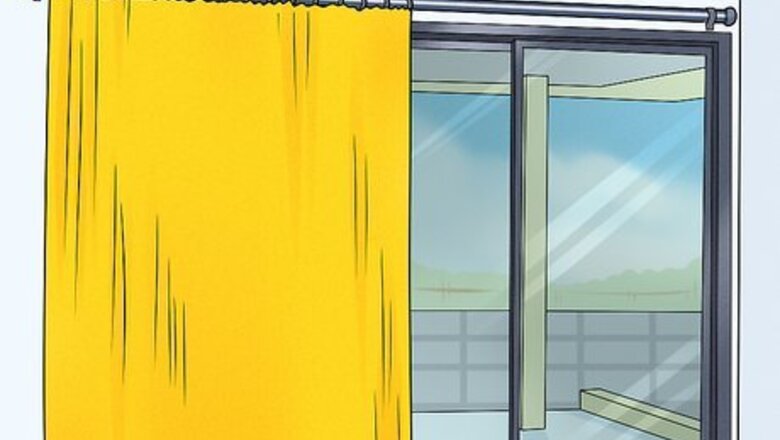
views
Interior Window Treatments
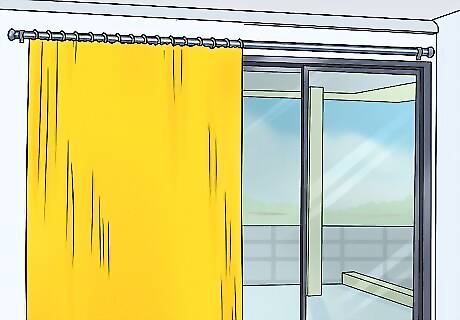
Hang curtains or drapes to block light during the hottest hours. Curtains cover the window only and drapes go all the way down to the floor. Both are effective, but drapes are better at blocking light. Go with closed-weave, heavy fabrics in light, opaque colors, and hang the drapery as close to the window as possible. Drapes and curtains with white plastic backings may reflect even more light. Keep draperies closed during the hottest hours of the day. Typically, 10am–4pm are the hottest hours, but it depends on where you live.

Try vertical or horizontal blinds for a cost-efficient way to reduce heat. Slat-type window blinds are an affordable solution and allow you to control glare, light, and heat by simply adjusting the slats. Look for highly reflective blinds in a style you like and keep them tightly closed during the hottest part of the day. If you have horizontal blinds, consider painting your interior walls a light color. Horizontal slats reflect sunlight onto the ceiling and light colors diffuse that light effectively without creating a lot of heat or glare. Blinds aren't as effective as drapery at blocking light and heat, but being able to adjust them is a nice plus. Blinds with reflective finishes on the outward-facing side are the best choice.

Install roller or roman shades indoors for an inexpensive option. These shades are easy to install and won’t put a huge dent in your wallet. Typically, you attach a roller bar at the top of the window and lower the shades with an attached cord. Roman shades are fairly similar but they’re made of fabric. Heavier fabrics are the most effective, so look for tight, thick weaves. Visit your local home improvement store and choose from a variety of fabrics, colors, and weaves to complement any home décor. Opaque roller shades are the most effective option, but only when they're fully drawn. On the downside, they block light and restrict airflow.
Exterior Window Options
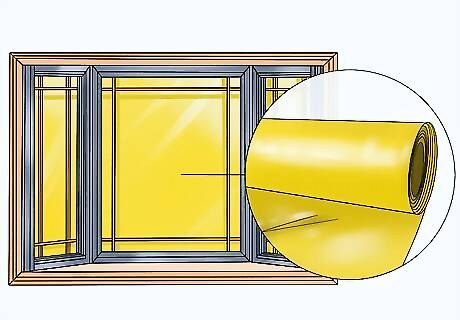
Apply window film or tint to the glass to block out UV rays and heat. Window film is translucent—it blocks UV rays and greatly reduces heat, but still allows light to come through. Just stick the adhesive film to the exterior glass and you’re all set! If you want more shade and privacy, go with adhesive window tint instead. You can choose from a variety of tint shades and thicknesses. These are great options if you don’t want to block your view with other types of window treatments.
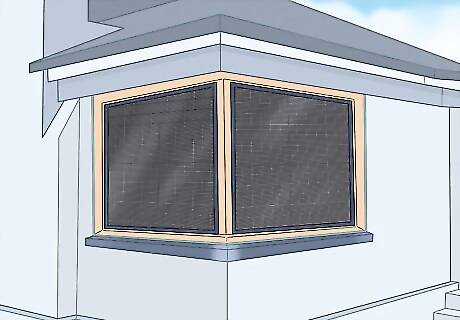
Install exterior solar window screens to reduce heat and UV damage. Solar screens operate like roller shades on fixed panels above your windows. The screens are adjustable so you can control how much light you let inside. There are many styles to choose from and most are very cost-efficient. Go with black screens for the most shade and cooling properties. The motorized screens cost a little more, but they tend to be more effective.
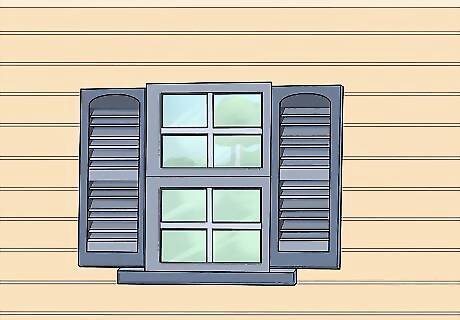
Add exterior shutters or shades for an adjustable solution. Exterior shutters and shades come in a variety of materials like fabric, wood, steel, aluminum, and vinyl. Shop around and go with something that complements your home’s exterior. You have a few options to choose from: Exterior window shades: These shades are fabric or vinyl screens with a variety of transparency levels that can be lowered and raised by hand from the outside. Anchor the shade frames to your home's exterior for a permanent solution, or try low-cost temporary attachments like suction cups, Velcro, or snaps. Exterior roller shutters: These interlocking aluminum or plastic slats create a protective barrier over windows and roll up neatly at the top when you’re not using them. They're operated from indoors with a crank or remote control. Exterior hinged shutters: These shutters are usually made of wood or vinyl, and they must have the hinge to be operable and adjustable. Since they’re commonly sold as decorative elements only, make sure you buy the hinged type.
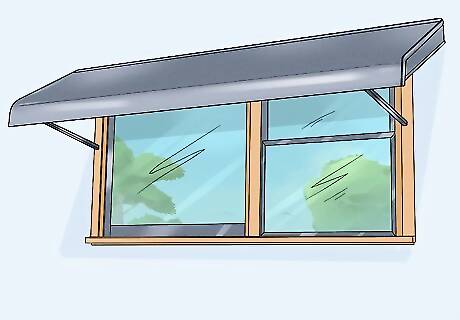
Attach awnings above windows to block heat and glare. Awnings are roof-like shelters made of fabric or metal. You install them above the window and they extend down and out to create shade. Light-colored awnings reflect the most light. Choose fixed awnings if you live in a hot climate with long summers. Go with retractable awnings if you want to control when the awnings are visible. Place awnings above south-facing or eastern windows for peak efficiency. If the afternoons are blazing hot, awnings above western windows are also helpful. If you live in the Southern Hemisphere, attach awnings over north-facing and western windows instead. Awnings must be ventilated so they don’t trap heat around windows. Make sure yours have grommets, eyelets, or some other form of ventilation.
Landscape Techniques
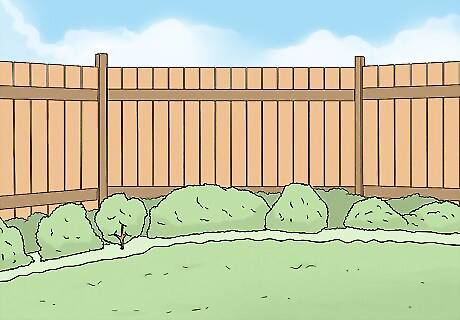
Cool down your home with well-placed shrubs and groundcover. Plant shrubs and groundcover plants around the perimeter of your home to reduce heat and create lovely shade. To shade your patio or driveway, try planting a large bush or row of shrubs alongside it. Hedges are easy to grow and great for shading sidewalks.
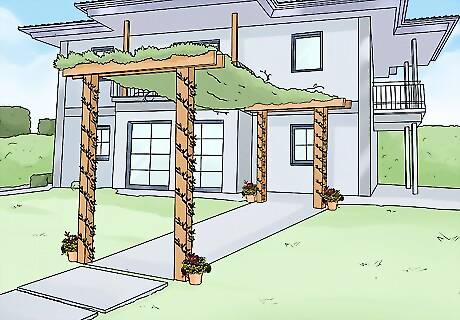
Install a trellis and train climbing vines to grow on it for shade. Vine-covered lattices and trellises create shade around the perimeter of your home. They also look gorgeous, are easy to install, and come in tons of styles. Since climbing vines grow quickly, you’ll experience their shade benefits during the first growing season. Try positioning planter boxes with trailing vines around the perimeter of your home for similar results.
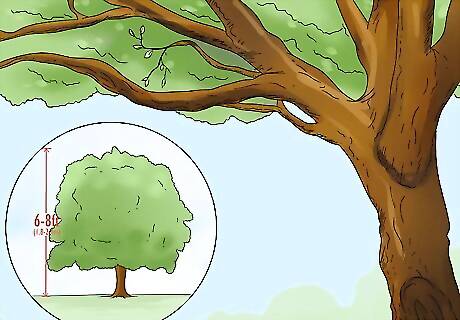
Plant deciduous trees on the south side of your home for shade. Deciduous trees are beautiful and can create a lot of shade, especially for your rooftop and windows. If you want window shade the first year, buy a 6–8 ft (1.8–2.4 m) deciduous tree at a local nursery. Plant the tree on the south side of your home at least 10–15 ft (3.0–4.6 m) away from the nearest wall. If you live in the Southern Hemisphere, plant on the north side rather than the south side. If you plant the tree too close to your home, the tree’s root system can damage the foundation and roof. Deciduous trees will provide the most shade in 5-10 years.
Roof and Exterior Protection
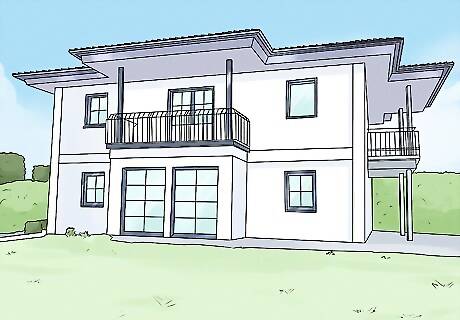
Paint your home’s exterior walls white so they absorb less heat. Darker colors attract and absorb heat. A light color, like white, is highly reflective and a better choice in hot climates. If your house has siding, using a light-colored siding can increase its longevity, especially on the east, west, and south sides of your home. If you live in the Southern Hemisphere, the north side of your home will be affected rather than the south side.
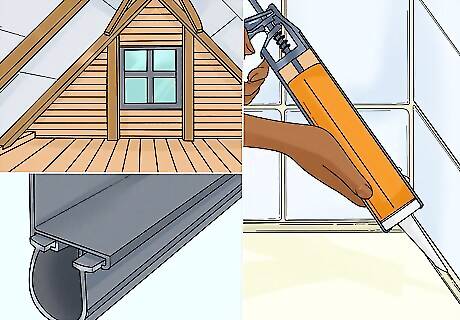
Use insulation, weatherstripping, and caulk to seal your home. Apply weatherstripping under the doors and seal off cracks and crevices with caulk to keep your home insulated. If you have an attic, it’s a good idea to install additional insulation there since heat tends to get trapped in attics. If you have a two-story house, consider adding more insulation to the second story, as well. The type of insulation you use depends on your climate and home heating system. In most cases, use a minimum of R-30. If your climate has extremely cold winters, go with R-49.
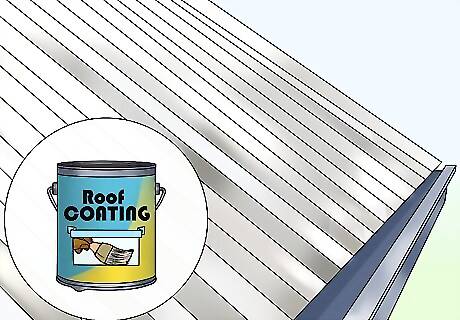
Apply a reflective coating to your roof for a simple option. About one-third of unwanted heat comes into your home through the roof. One way to block some of that heat is to apply a reflective coating on your existing rooftop. In most cases, you just brush the coating right over the shingles or other roof material. There are two types: A white latex coating that applies easily over common roof materials like shingles, tar paper, and metal. The coating needs to be reapplied every 5 years. An asphalt-based coating for metal or asphalt roofs. It’s long-lasting but has a tacky surface that tends to collect dust, making the surface less reflective over time. If applied correctly, reflective coatings can dramatically reduce how often you run your air conditioner.
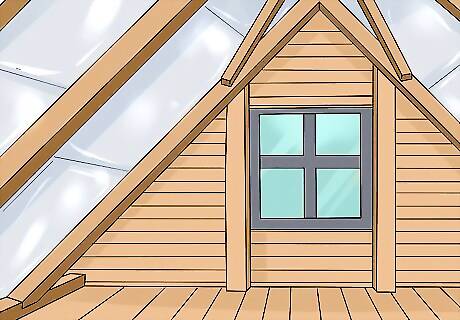
Install a radiant barrier on the underside of your roof to reflect light. Radiant barriers are basically sheets of paper-backed aluminum foil. A single piece of radiant barrier can reduce ceiling heat by 25%. You can apply multiple layers to increase the heat-busting properties. If you need more insulation, look for the vented, multi-layer radiant barriers. They have insulating fiber-reinforced backing (rather than paper).
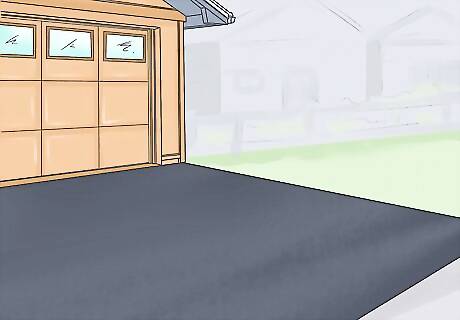
Pave the driveway with a mix of asphalt and concrete to reflect heat. Traditional pavement materials heat up quickly and increase heat around your home. If you’re pouring new pavement or thinking about repaving your current driveway, use a mixture of asphalt and concrete. This mixture reflects more light and evaporates water fast. There are also reflective coatings you can apply to pavement to make them more reflective. If you want to go green, consider using good old grass instead of traditional pavement materials.



















Comments
0 comment